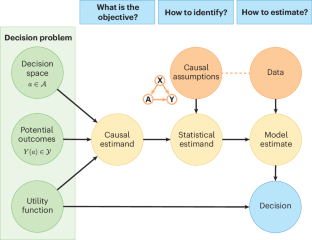2025-06-12 アリゾナ大学

Artist’s concept of a planet-forming disk, like the thirty studied for the ALMA AGE-PRO survey. The lifetime of the gas within the disk determines the timescale for planetary growth. Credit NSF/AUI/NSF NRAO/S.Dagnello
<関連情報>
- https://news.arizona.edu/news/revealing-lives-planet-forming-disks
- https://arxiv.org/search/?query=The+ALMA+Survey+of+Gas+Evolution+of+PROtoplanetary+Disks+(AGE-PRO)%3A&searchtype=all&source=header
- https://arxiv.org/abs/2506.10734
アルマ望遠鏡による惑星系円盤のガス進化のサーベイ(AGE-PRO): III. ループス星形成領域におけるダストとガス円盤の性質 The ALMA Survey of Gas Evolution of PROtoplanetary Disks (AGE-PRO): III. Dust and Gas Disk Properties in the Lupus Star-forming Region
Dingshan Deng, Miguel Vioque, Ilaria Pascucci, Laura M. Pérez, Ke Zhang, Nicolás T. Kurtovic, Leon Trapman, Estephani E. TorresVillanueva, Carolina Agurto-Gangas, John Carpenter, Paola Pinilla, Uma Gorti, Benoît Tabone, Anibal Sierra, Giovanni P. Rosotti, Lucas A. Cieza, Rossella Anania, Camilo González-Ruilova, Michiel R. Hogerheijde, James Miley, Dary A. Ruiz-Rodriguez, Maxime Ruaud, Kamber Schwarz
arXiv Submitted on 12 Jun 2025
DOI:https://doi.org/10.48550/arXiv.2506.10734
Abstract
We present Band 6 and Band 7 observations of 10 Lupus disks around M3-K6 stars from the ALMA survey of Gas Evolution in PROtoplanetary disks (AGE-PRO) Large Program. In addition to continuum emission in both bands, our Band 6 setup covers the 12CO, 13CO and C18O J=2‐ 1 lines, while our Band 7 setup covers the N2H+ J=3-2 line. All of our sources are detected in 12CO and 13CO, 7 out of 10 are detected in C18O, and 3 are detected in N2H+. We find strong correlations between the CO isotopologue line fluxes and the continuum flux densities. With the exception of one disk, we also identify a strong correlation between the C18O J=2-1 and N2H+ J=3-2 fluxes, indicating similar CO abundances across this sample. For the two sources with well-resolved continuum and 12CO J=2-1 images, we find that their gas-to-dust size ratio is consistent with the median value of~ 2 inferred from a larger sample of Lupus disks. We derive dust disk masses from continuum flux densities. We estimate gas disk masses by comparing C18O J=2-1 line fluxes with those predicted by the limited grid of self-consistent disk models of Ruaud et al. (2022). A comparison of these mass estimates with those derived by Trapman et al. (2025), using a combination of CO isotopologue and N2H+ line emission, shows that the masses are consistent with each other. Some discrepancies appear for small and faint disks, but they are still within the uncertainties. Both methods find gas disk masses increase with dust disk masses, and gas-to-dust mass ratios are between 10 – 100 in the AGE-PRO Lupus sample.



